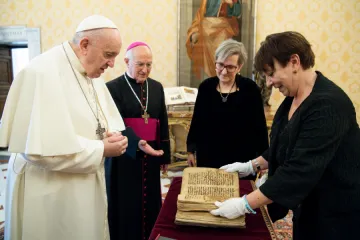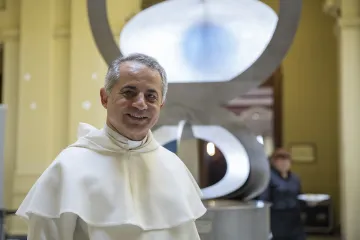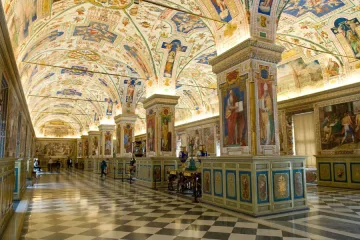Vatican City, Oct 7, 2021 / 04:00 am
The Vatican Library has a ninth-century manuscript currently on display at the Dubai Expo.
Three original manuscripts from the Vatican Apostolic Library are part of a Holy See exhibit on display until March 31, 2022, at the world’s fair in the United Arab Emirates.
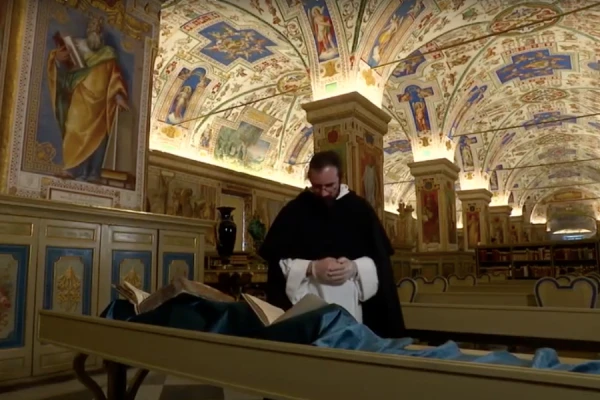
The oldest of the documents is an Arabic translation of the Greek scholar Theon of Alexandria’s introduction to Ptolemy’s “Handy Tables,” produced between 800 A.D. and 830 A.D. by the Bayt al-Ḥikmah, or House of Wisdom, in Baghdad.
It is the first time that the manuscript has left the Vatican Library. A video released by the Vatican explained how it came into the possession of the Catholic Church centuries ago.
In the late ninth century, Christian monks from a Palestinian monastery purchased scratch parchment sheets at a market that contained remnants of the Greek model of Ptolemy’s “Handy Tables” and an attempted Arabic translation of its introduction.
The monks cut the parchment into smaller pieces, washed clear the unwanted text, and assembled them into a small booklet into which they copied a collection of pious Christian stories in Syriac.
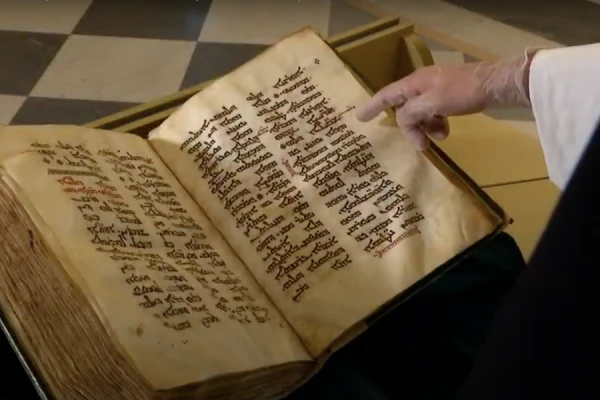
Using multi-spectral photography, the Vatican Library was able to unveil the erased undertext of the Arabic translation of the introduction to Ptolemy’s “Handy Tables.”
“This document, the original copy of the translator, remains the only surviving piece of evidence which can be directly linked to the House of Wisdom,” Stephen Metzger of the Vatican Library said in the video.
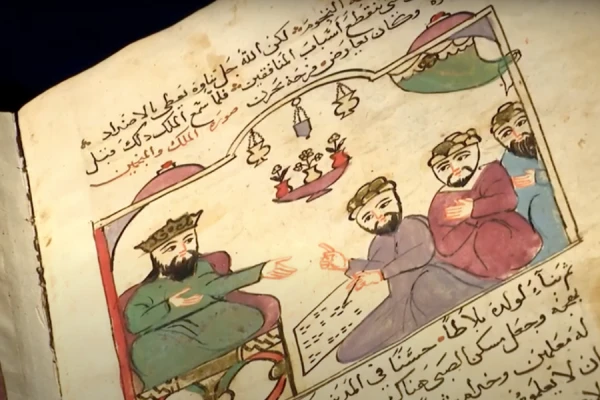
The other historic documents on display in Dubai are a handbook on the use of Arabic numerals in the West by Leonardo Fibonacci, dating back to between 1170 and 1250, and the 16th-century astronomer Tomás de Orta’s observation on the Gregorian calendar reform.
The aim of the Holy See’s exhibit is to showcase an encounter between “science and faith under the banner of fraternity and intercultural and interreligious dialogue,” according to the Vatican.
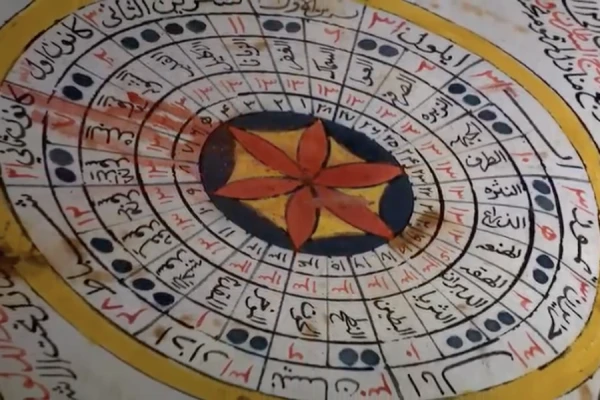
Msgr. Tomasz Trafny and architect Giuseppe Di Nicola designed the Holy See pavilion to contain a reproduction of Giotto’s fresco of St. Francis meeting the Sultan and a copy of Michelangelo's “Creation of Adam” from the Sistine Chapel ceiling.
(Story continues below)
The Holy See exhibit also includes a video installation about the Vatican Library and some Swiss Guard uniforms.
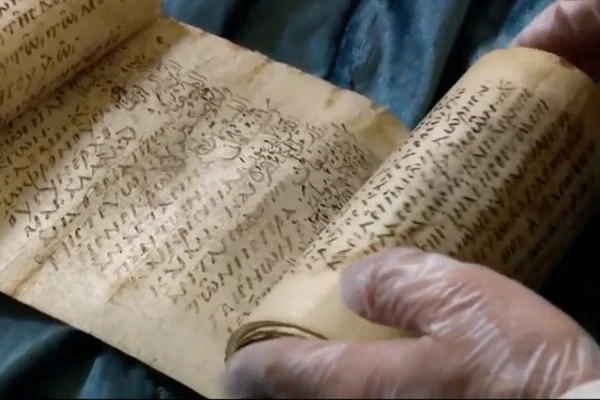
Cardinal Gianfranco Ravasi, the president of the Pontifical Council for Culture, was in Dubai for the exhibit’s inauguration.
The Dubai Expo is the first world’s fair to be held in the Middle East. The UAE built multi-million dollar pavilions and a new metro station in preparation for the fair. But the construction project was criticized by the European Parliament, which passed a resolution condemning the country’s treatment of migrant workers.
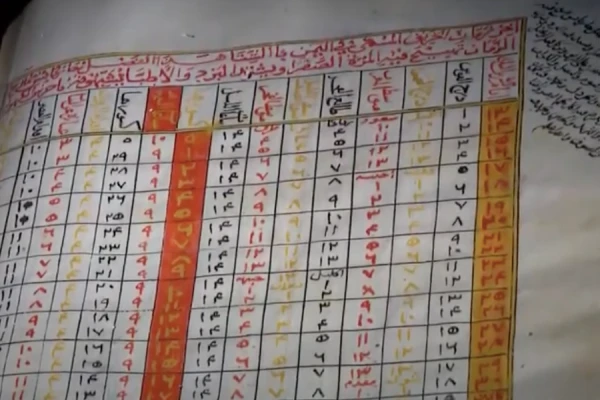
The European Union’s law-making body called on member states to signal disapproval of what it described as human rights violations in the UAE by not participating in the expo.
Human Rights Watch also issued a statement arguing that the UAE’s attempts to “promote a public image of openness” with the expo were “at odds with the government’s efforts to “prevent scrutiny of its rampant systemic human rights violations.”
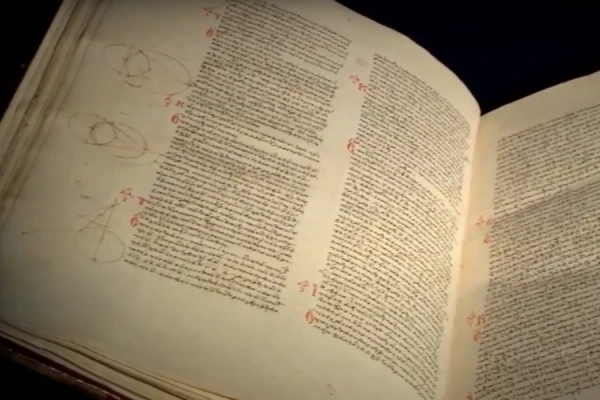
“Since 2011 UAE authorities have carried out a sustained assault on freedom of expression and association, arresting and prosecuting hundreds of independent lawyers, judges, teachers, students, and activists, and shutting down key civil society associations and the offices of foreign organizations, effectively crushing any space for dissent,” said the statement published Oct. 1.
More than 190 countries are participating in the expo, including the United States, which has on display a Quran that was part of President Thomas Jefferson’s library collection. Italy has a marble 3-D replica of Michelangelo’s “David” in its pavilion that is partially covered out of respect for local sensitivities.




